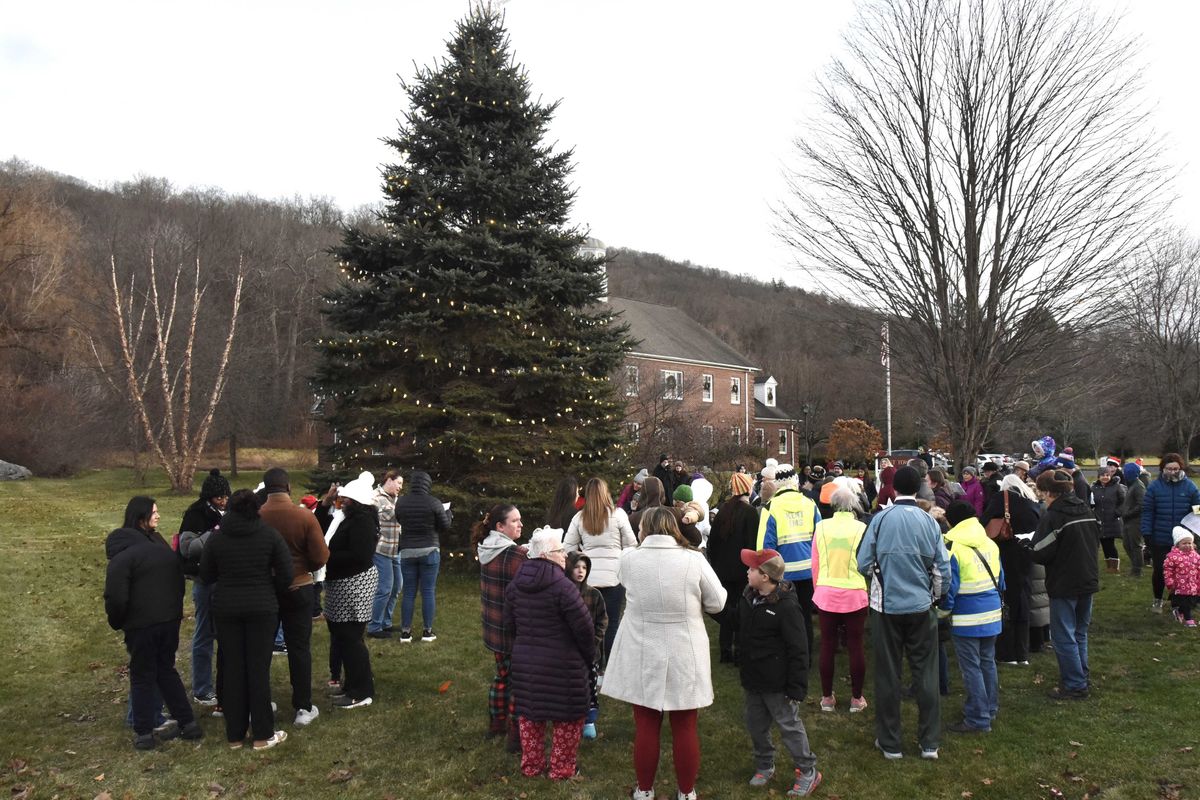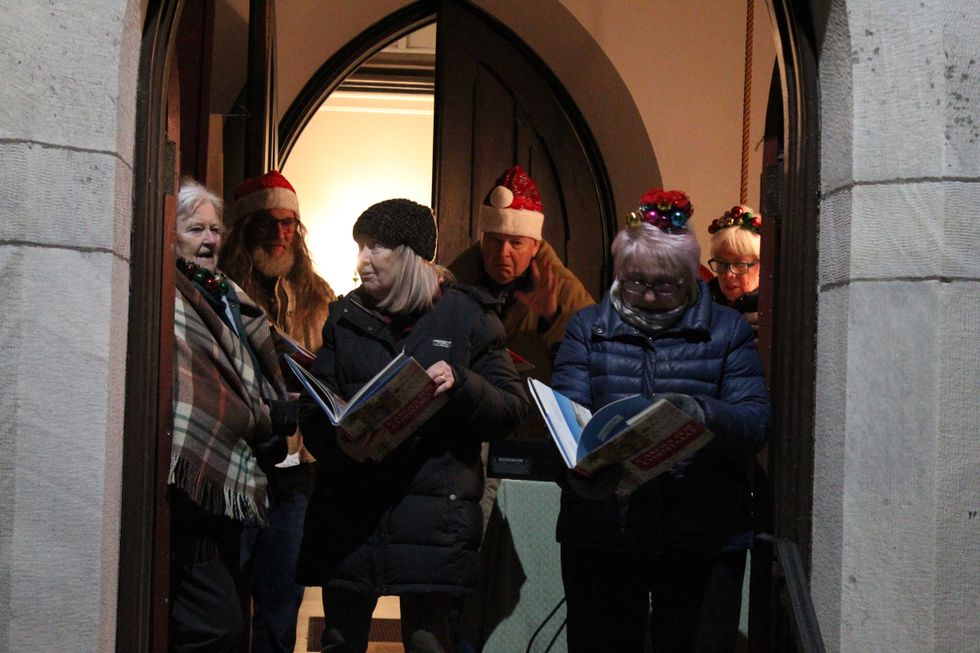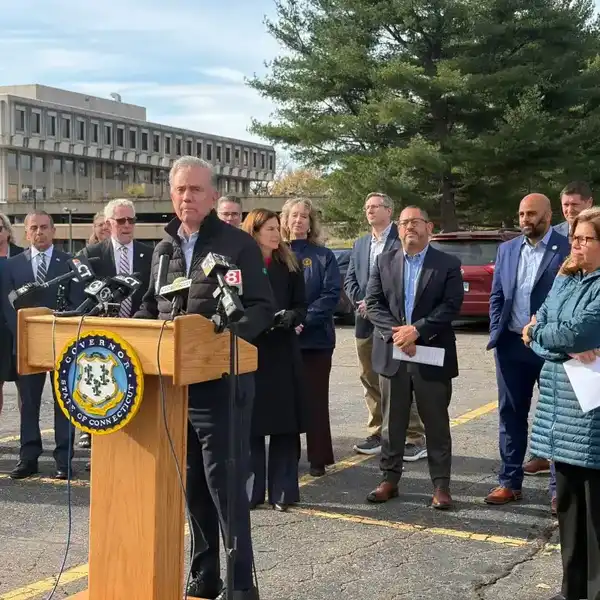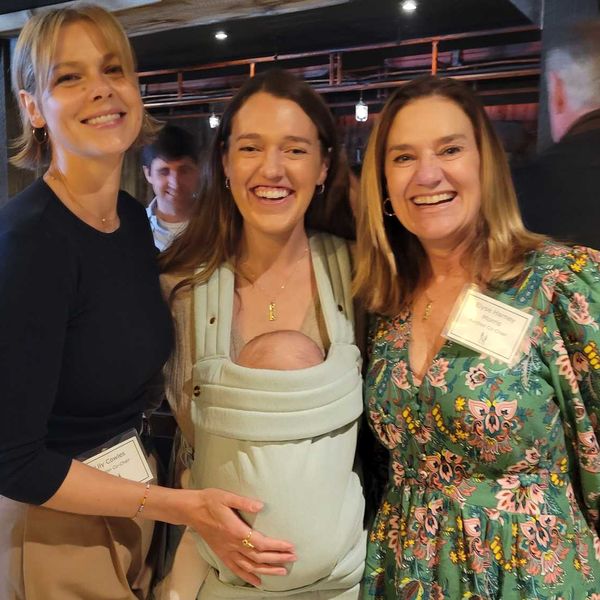Checking out at LaBonne’s the other day, I noticed something for the first time. It wasn’t how quickly social distancing caught on, or how common it is now to see people wearing gloves.
It was fear. In people’s eyes. In their actions, ranging from nervous glances to deer-in-the-headlights panic.
Walking up the sidewalk to the pharmacy, FDR’s famous line “...the only thing we have to fear is fear itself” ran through my mind. Don’t we wish?
You bet we’re afraid. But that day at the store, for the first time, the fear was palpable.
Some folks furtively wrenched their carts — practically lifting the wheels off the floor — when a fellow shopper came too close. They moved as fast and as far away as possible (and that’s no mean feat at LaBonne’s.)
I said a polite “excuse me” meeting another customer awkwardly at a corner. She looked at me with equal parts alarm and suspicion, then scurried off. No one smiled, said hi, or bantered the way we sometimes do standing with a stranger in the cereal aisle.
So what caused everyone to clam up, avert their eyes, not even offer that universal look of shared sympathy?
The 24-hour drumbeat of dreadful news? Sure. Mounting anger over how this mess was so mind-bogglingly mishandled? Uh-huh.
But it also felt closer to home. Then I thought about various safety measures the still-open businesses downtown had been steadily adding over the past few weeks. Every few days a new one showed up. All very necessary and all very visible.
And to some, pretty scary.
LaBonne’s cashiers were among the first to wear gloves. Next came Plexiglas barriers at the checkouts and customers were told not to bring their own bags (just when we were getting the hang of it!).
Salisbury Pharmacy had us come in the back door and limited the number of customers inside at one time. The post office door had a sign asking customers to stand 6 feet apart. A Plexiglas screen at the counter went up last week.
Naturally no one complained — indeed, each new precaution was welcomed. Yet, with everything else, it had subtly stoked people’s fear.
So, since that’s not going to magically go away either, here’s a thought: Assuming most of us are being as careful, as informed, as thoughtful and as safe as can be, what more can we do to show that to our neighbors? That we’re all working toward the same goal.
So, say hi to someone at the grocery store. Stand and talk to a friend on the sidewalk — 6 feet apart. No one will see your smile behind a mask, but it’ll show in your eyes. Try your best to not look afraid so someone else might feel the same, even for a moment.
Above all, tell the employees at those still-open businesses thank you. They deserve all the credit in the world for doing their jobs with enthusiasm, grace, patience and bravery. If they can face this by coming to work each day — and say “hello” to boot — so can we.
And if that sounds Pollyanna-ish, I don’t care.
Anne Longley was a Lakeville Journal reporter/editor from 1988-1991, later writing for national publications. She has been a full-time antiques dealer for the last 23 years and lives in Salisbury.



 Lans Christensen
Lans Christensen
 Patrick L. Sullivan
Patrick L. Sullivan




Yes, we’re all afraid. And that’s just making everyone more so